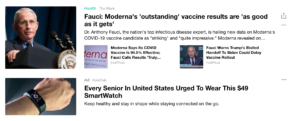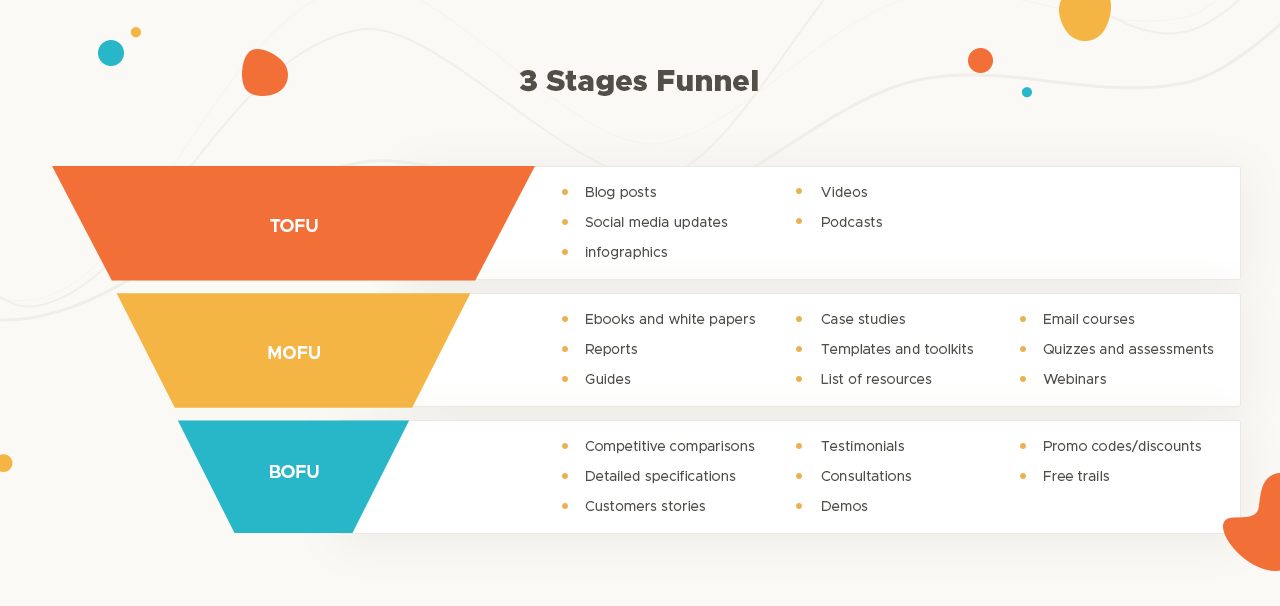Google Core Update December: First Insights
Google’s December 2020 Core update was a notable change according to several data providers. The Google core update is now completely finished rolling out as of December 16, 2020 and while the December core update is not figured out completely, experts at Onimod Global wanted to share significant first insights that can be made so far based on first data.
What is a core update?
Google changes their algorithm on an almost daily basis. A couple of times a year, they release significant changes to their core search algorithms and systems that are much more noticeable. Potentially in the past, your website may have experience a decline in traffic following a Google core update. This most likely is related to the fact that Google’s algorithms have determined that there are other pages on the web that are more relevant and helpful than yours. It can be frustrating to SEO’s to not know how Google does this.
How search works
- Organize content on the internet:
As Google crawls the internet and all of the web pages that can be searched in a search engine, they organize the pages in an index. They take note of key signals on each page such as which keywords are on the page, how up to date the page is, and more. - What is the meaning of the user’s search query:
In order to know what to recommend, Google needs to understand exactly what the user means with their search query. Algorithms determine whether a query is looking for fresh, new content or not. Some words in a query may be easy for Google to decipher. This has become quite advanced with the featured snippets showing you a small graph or snippet of information that is a fast answer to a search query. - What pages are the most helpful:
Once Google understands the intent behind a query, their goal is to return web pages that are the most helpful to answer this query.
Patterns from the latest update
- Google may have made changes to how they assess alternative medical topics
According to Search Engine Land, several company sites in the medical industries have performed better after this update. It’s possible that Google may have made strides in being able to understand which of these pages are trustworthy. In the past, SEL says that a lot of alt-med content was simply discounted by Google even though it was the type of content many people were searching for. - UX becoming a factor
If you declined with this update and have a large number of ads, especially ads that interfere with a user’s ability to read the main content, it may be worth experimenting with showing fewer ads. But know that if Google did change something with this core update in regards to ads, you may need to wait until there is more data about the core update and its improvements. - More attention to headings and content structure
This allows for faster skimming, and searchers like to skim headings to determine whether an article is one with which they want to engage. One of the questions Google lists in their post on core updates is, “Does the headline and/or page title provide a descriptive, helpful summary of the content?” This is telling of the fact that this update has placed an emphasis on this type of content.
More from Onimod Global
Onimod Global is looking forward to the future and helping your business reach your full digital potential. Interested in growing digital presence for your company? Reach out to us here!
Onimod Global releases the latest digital marketing news and essential marketing tips every Tuesday and Thursday! To catch up on the top digital marketing news and trends, click here. To find out more about who we are and what we do, click here.






